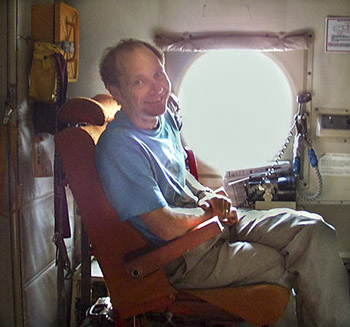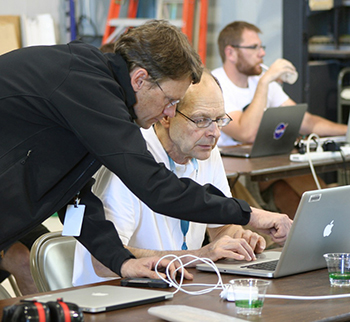2016 News & Events
Michael Trainer receives NOAA Distinguished Career Award
29 March 2016


Dr. Michael Trainer receives a 2016 NOAA Distinguished Career Award for Scientific Achievement, "for developing a powerful strategy to use NOAA aircraft to advance our scientific understanding of pollution sources that cause poor air quality." Michael is highly deserving of this award for his many years of leadership and support of CSD aircraft sampling activities and the subsequent data analysis efforts.
NOAA's Distinguished Career Award honors cumulative career achievement of sustained excellence, rather than a single defined accomplishment, in specific categories including Scientific Achievement. In addition, this award recognizes significant accomplishments across all NOAA program areas and functions that have resulted in long-term benefits to the NOAA mission and strategic goals.
The scientific understanding of air pollution has undergone revolutionary advances over the last three decades, enabling the Nation's air quality managers to design regulatory approaches that have been extraordinarily effective. For example, despite population growth, the air is now cleaner in Los Angeles than it was in the 1960s. NOAA's research has played a critical role in this national success story. Dr. Trainer's career is distinguished by his longstanding role as the mastermind behind over 20 years of NOAA scientific aircraft missions that have supported our Nation's air quality improvements. Though many in NOAA have led and contributed to these missions, Michael can rightly be credited with (1) providing the underlying scientific and sampling framework of our many aircraft missions to study the lower atmosphere, and (2) publishing insightful analyses of the observations that have advanced the fundamental understanding of both the atmospheric chemistry and the emission sources related to air pollution, especially ozone formation.
Michael receives this well-deserved recognition at a ceremony in May at NOAA Headquarters in Silver Spring, Maryland.